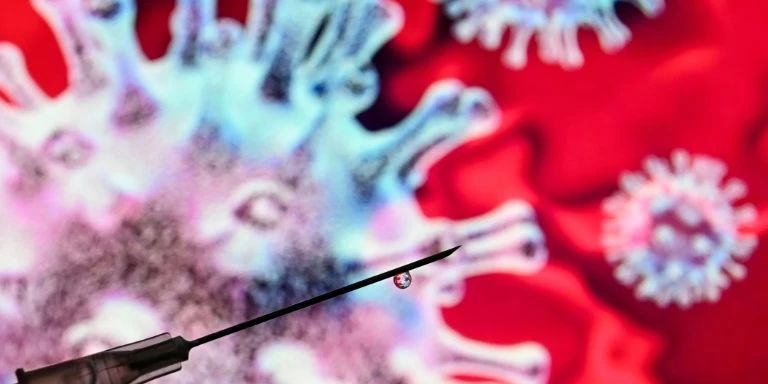Easter Island is a prime example of ecocide: the Polynesian community there is said to have destroyed itself. But the new findings cast doubt on this.
NEW YORK – Huge groups of people were needed to build the metre-high stone statues: this is a popular theory about Easter Island. Called moai, the ruins speak of a culture that was once thriving, but collapsed at some point because people cut down all the trees on the remote Pacific island and depleted the soil. Society has destroyed itself by over-exploiting nature. But this story may not seem true.
There may never have been as large a population on the island as is commonly assumed, according to a study presented in the journal Science Advances. According to calculations, the remote island in the Pacific Ocean could feed not about 16,000 people, but only about 3,000, wrote the research team led by Dylan Davis from Columbia University in the United States.
There is no social collapse
“What we found is the opposite of the collapse theory,” Davis explained. Instead, the inhabitants developed an amazing system to feed themselves on the island’s less fertile soil and scarce water. Other archaeological studies in recent years have also come to the conclusion that there was no social collapse on the island before the arrival of Europeans in 1722.
The volcanic island, also known as Rapa Nui, is relatively dry and its coast slopes steeply, making farming and fishing difficult. Many researchers consider the use of well-developed rock gardens fundamental. On the one hand, people distributed fist-sized stones directly on the ground. They also used a complex process to break the stones and bury them in the ground. In addition, large stones were placed for protection. They grew many varieties of sweet potatoes in the gaps, which were the main source of food on the island.
Artificial intelligence supports the evaluation of satellite images
Davis’ research team trained an artificial intelligence system to recognize rock gardens created by humans using special infrared vision on satellite images. Because not every pile of stones was necessarily a garden in the past.
As a result, researchers assume that the rock gardens make up less than half a percent of the island’s area. Previous research assumed much larger areas. According to the study, the areas now identified were enough to supply about 2,000 people with sweet potatoes. People also ate fish and other sea creatures as well as fruits such as bananas, potatoes, taro tubers, and sugarcane. In all, the research team ended up with a population of about 3,000 people.
Life despite limited resources
“What we’re really seeing here is that the island hasn’t been able to support that many people because of environmental constraints,” Davis explained. On the contrary, people were able to adapt their living spaces and thus increase the area they could cultivate. “This is not an example of an environmental catastrophe, but an example of how humans have been able to survive in a fairly sustainable way over a long period of time despite really limited natural resources.”
Easter Island was not populated until very late because it is so remote. People from Polynesia probably came to the island around the year 1200. Today, the Pacific island belongs to Chile, although its coast is about 3,500 kilometers away. The famous rock carvings are part of a UNESCO World Heritage Site and attract tens of thousands of tourists every year.

“Alcohol buff. Troublemaker. Introvert. Student. Social media lover. Web ninja. Bacon fan. Reader.”







More Stories
Why does Covid save some people? Researchers are baffled
The world is listening: Thousands of birders concert for science
Science in Israel: No Freedom Zone